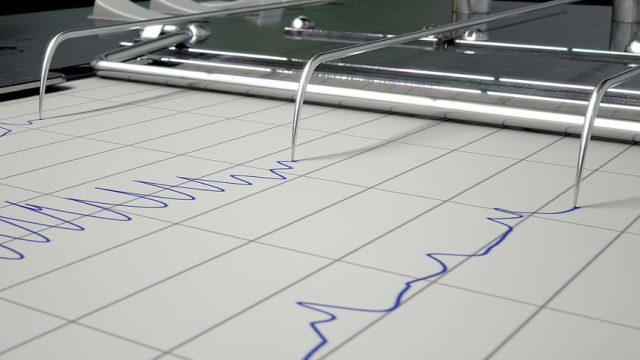
Unmasking the Truth: The Intriguing World of Lie Detector Tests

Welcome to the fascinating realm of lie detector tests, where deception meets detection. It’s no secret that humans have long sought ways to uncover the truth hidden beneath the surface of words and actions. In this quest for honesty, the lie detector test has emerged as a tool that promises to reveal what words alone may conceal. Also known as a polygraph test, this method aims to decipher the intricate web of signals that our bodies unwittingly betray as we navigate the complex dance of honesty and deceit.
History of Lie Detector Tests
The concept of detecting lies through physiological changes dates back to ancient times. In China around 1000 BC, suspects were asked to chew rice and spit it out. The idea was that their saliva would be more dry if they were lying.
In the 19th century, the innovation of measuring blood pressure paved the way for modern lie detector tests. Initially used in the field of psychology, researchers began to explore the correlation between emotional arousal and physiological responses.
The polygraph, the most well-known form of lie detector test today, was developed in the early 20th century by John Augustus Larson. By measuring multiple physiological responses simultaneously, such as heart rate and sweating, the polygraph aimed to provide a more comprehensive analysis of deception.
Lie detector exam
Accuracy and Controversies
When it comes to lie detector tests, one key aspect that often comes into question is their accuracy. Despite being widely used in various settings such as law enforcement and employment screenings, there is debate surrounding the reliability of these tests. While proponents argue that lie detectors can accurately detect deception by measuring physiological changes, critics point out that factors such as anxiety, stress, and even a person’s belief in the test’s accuracy can influence results.
Another controversy surrounding lie detector tests is their admissibility in legal proceedings. While some jurisdictions allow polygraph results as evidence in court, others deem them inadmissible due to concerns about their unreliability. This disparity in acceptance has fueled ongoing debates about the validity and ethical implications of using lie detector tests to determine truthfulness in legal matters.
Despite the controversies and limitations associated with lie detector tests, they continue to be used in various applications. Whether it is to screen potential employees or assist in criminal investigations, the allure of uncovering deception through physiological responses remains a compelling aspect of these tests. However, it is essential to approach the results of lie detector tests with caution and consider them as one piece of the puzzle rather than conclusive proof of deception.
Current Applications
Lie detector tests are commonly used in the field of law enforcement to aid in criminal investigations. Law enforcement agencies often utilize polygraph exams during interrogations to help determine the truthfulness of suspects and witnesses. These tests can provide valuable insights into ongoing investigations and sometimes even help lead to new evidence or suspects.
Beyond the realm of law enforcement, lie detector tests are also employed in the realm of employment screening. Job applicants for positions that require high levels of trust, such as those in security, finance, or government, may be asked to undergo a polygraph test as part of the hiring process. Employers use these tests to gauge the honesty and reliability of potential employees, helping them make informed decisions on who to hire.
In addition to their use in criminal investigations and employment screening, lie detector tests have found applications in the field of therapy and counseling. Some therapists use polygraph exams as a tool to help clients address issues related to trust, honesty, and emotional expression. By incorporating lie detector tests into therapy sessions, therapists can create a safe space for clients to explore their feelings and behaviors in a structured and objective manner.



